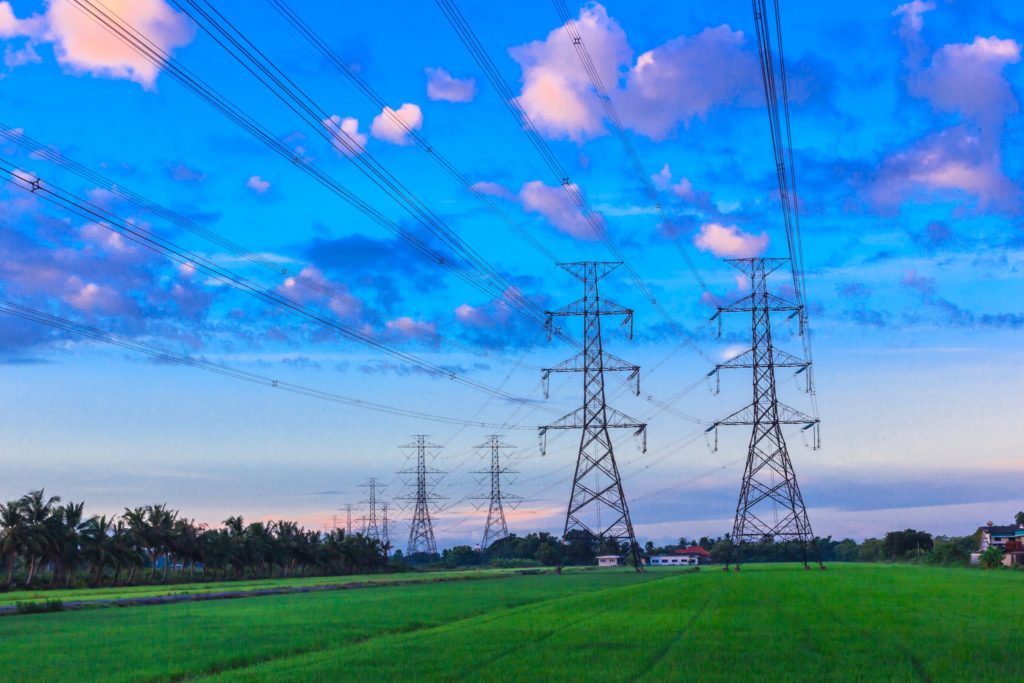Inside Clean Energy: Some Straight Talk about Renewables and Reliability
Five hours into a Texas legislative hearing this month, it was Beth Garza’s turn to talk. Anybody who had dozed off was about to wake up.
Garza approached the lectern and gave her credentials. She was, until 2019, the director of the office that serves as the public watchdog for the nonprofit company that runs the state’s electricity grid, the Electric Reliability Council of Texas, or ERCOT.
Then she let it rip, telling a Texas House committee that the bill they were debating, which would increase costs for operators of wind and solar power, was a very bad policy.
“Imposing unforeseen costs on a certain type of resource would seem to be, at a minimum, discriminatory,” she said.
Garza’s larger point was that the bill wouldn’t solve any problems. It would just make the current system more complicated and less fair. The bill would make owners of wind and solar plants pay for ERCOT services that maintain balance on the grid, while other types of power plants wouldn’t need to pay.
The bill is part of the Texas Legislature’s response to the February energy crisis, when frigid temperatures led to days of power outages and more than 100 deaths. Many of the power failures were because natural gas power plants were not equipped to run in extreme cold or could not get delivery of fuel. But the legislative response has focused a lot of attention on the idea that wind and solar are unreliable, while devoting little attention to problems with the reliability of the natural gas delivery system.
After Garza spoke, she took questions from lawmakers, including Texas Rep. Phil King, the lead sponsor of the Texas House version of the bill. (I wrote last week about the Texas Senate’s version of this bill and some of the debate about it).
King asked Garza if she agreed with him that wind and solar power have reliability issues that lead to additional costs for maintaining the grid, compared to the reliability of conventional power plants.
“I would disagree with you there, sir,” she said.
Her larger point was that all types of power plants have reliability concerns and costs.
I don’t know if Garza changed any minds about the bill, but it was striking to watch her try. At legislative hearings, the people who ask to speak are often lobbyists or leaders of advocacy groups, where you often know what they’re going to say before they say it, and their testimony can be dismissed by those who disagree because, “Of course that’s what they’d say.”
Garza was different because her comments didn’t fit neatly into the main categories lawmakers are used to seeing, and she spoke with a relaxed confidence that made clear she knows her stuff.
I interviewed Garza this week about some of the issues she raised in her testimony. She is now a senior fellow for the R Street Institute, a think tank that promotes open markets, and has been visible as an expert on Texas energy issues. For example, she was one of five people to testify last month about the Texas energy crisis before the U.S. House Science, Space and Technology Committee.
Garza’s main interest, she told me, is in finding a mix of power sources that together can lead to a reliable system. That might include an increase in renewable energy, but she also thinks it should include some new natural gas plants that are available to run for the few days per year when other resources are most scarce.
Here is our conversation, which has been edited for length and clarity:
Are there real reliability concerns as solar and wind become a larger share of the electricity supply?
Yes, there are reliability concerns with wind and solar, (but) there are reliability concerns with every form of generation. It’s not that wind and solar are inherently less reliable. They have a role. They fit into an overall system. But in and of themselves, any resource has some unreliability associated with it that needs to be accounted for and addressed.
Solar generates when the sun is up. As human beings, we’ve known when the sun is going to rise for millennia now. And we’re gaining an increasing understanding of the effects of localized cloud cover on solar output. Similarly with wind, I contend we will get better and better at forecasting wind output. All of that is knowable, and we are learning it. Will we ever be able to precisely measure the output of a wind (power plant) tomorrow? No. But we’re increasing our ability and the precision with which we can do that across the (power plant) fleet.
Is it a problem that the low cost of wind and solar is making it more difficult for natural gas plants to compete financially
The short answer is yes, because we can have all the wind and solar we want, but there will be times when it is dark and still and we would still like to be able to turn on a light or an air conditioner or a heater. So having sufficient resources to be able to withstand all of that continues to be a challenge.
If the market structure is not creating financial reasons for people to build new gas power plants in Texas, to what extent can you maintain reliability with batteries?
In the foreseeable future, I don’t think that’s possible. But if we could keep existing nuclear, maybe we let the coal go because we don’t like coal, and we’ve got some version of natural gas to make up some of the difference, and we add wind and solar, then (battery) storage can be used to even out the contribution of wind and solar. I think that may work.






